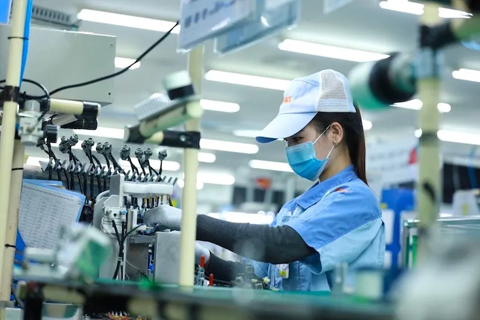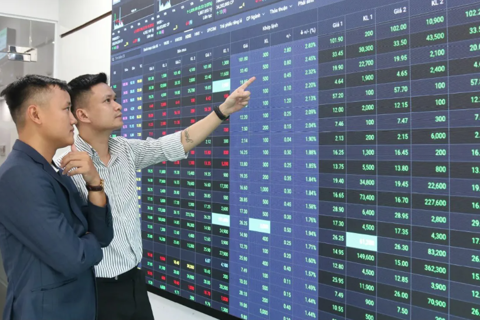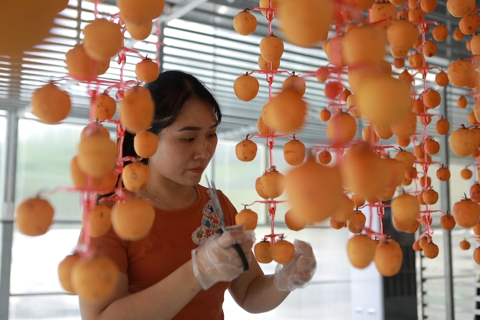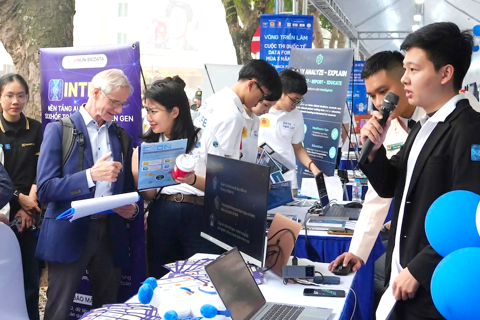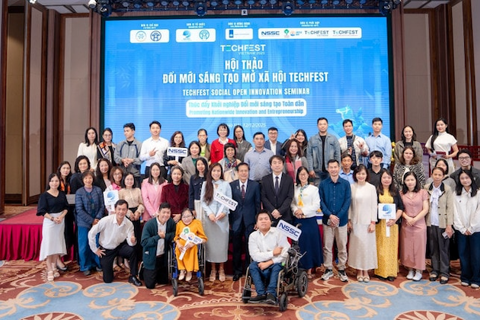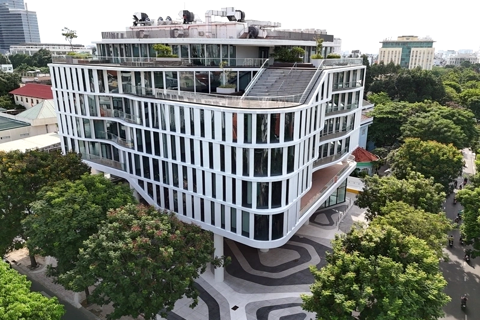Vietnam ships first batch of low-emission rice to Japan
Seven Vietnamese companies have received certification to use the "Low-Emission Green Vietnamese Rice" trademark, with a total production volume of 19,200 tons.
THE HANOI TIMES — Vietnam has exported to Japan 500 tons of low-emission rice, the first batch under the one-million-hectare high-quality rice program in the Mekong Delta to Japan.
Labeled as “Low-Emission Green Vietnamese Rice,” the shipment was sent from the southern city of Cantho on June 5. Priced at around US$820 per ton, this low-emission rice commands a price more than double that of Vietnam’s regular 5% broken rice.
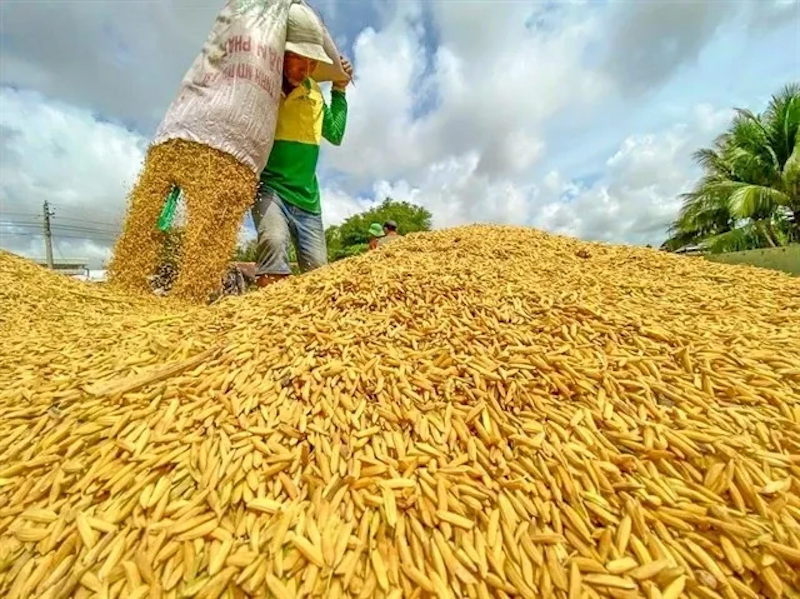
A farmer at work during rice harvest season in the Mekong Delta. Photo: Vietnam News Agency
According to the Vietnam Rice Sector Association (VIETRISA), seven companies have received certification to use the “Low-Emission Green Vietnamese Rice” trademark, with a total production volume of 19,200 tons. Trung An High-Tech Farming Joint Stock Company, in partnership with Japan’s MURASE Group, was among the first to export certified low-emission rice to the Japanese market.
Tran Thanh Nam, Deputy Minister of Agriculture and Environment, said that this shipment represents a shift in mindset from traditional agricultural production to agricultural economics. Farmers in the Mekong Delta now understand the concept of low-emission rice and capture greater value through this transition.
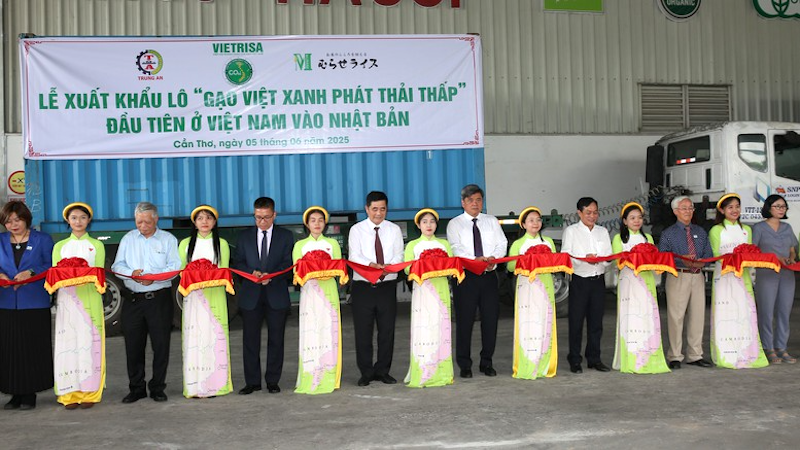
Ribbon-cutting ceremony for the export of “Low-Emission Green Vietnamese Rice” to Japan. Photo: VGP
"This is a significant step forward, as it signals the long-term direction of Vietnam’s rice industry: to offer not only high-quality, delicious rice, but also to meet global standards of sustainability and environmental responsibility," Nam said.
At the end of 2023, the prime minister approved the Sustainable Development Project for one million hectares of high-quality, low-emission rice in the Mekong Delta through 2030. This move aims to bolster Vietnam’s rice sector, boost farmers' earnings, cut greenhouse gas emissions, and fulfill international climate commitments.
Seven pilot models have been deployed in five provinces and cities, including Kien Giang, Soc Trang, Tra Vinh, Dong Thap, and Cantho. Initial results show that the model reduces rice production costs by 8.2% to 24.2%, thanks to savings of 30% to 50% on seeds, 30 to 70 fewer kilograms of fertilizer per hectare, less pesticide, and 30% to 40% less water usage.
Low-emission rice cultivation has also increased yields by 2.4% to 7%. Farmers' incomes grew by 12% to 50%, equivalent to an additional profit of VND4 million ($154) to VND7.6 million ($293) per hectare compared to traditional farming methods.
Statistics from the Ministry of Agriculture and Environment showed that this specialized farming model reduces greenhouse gas emissions by an average of two to 12 tons of CO₂ equivalent per hectare. Traders have committed to purchasing all harvested rice at premium prices, paying VND200,000 (US$7.7) to VND300,000 more per ton than market rates.
To date, 12 provinces and cities in the Mekong Delta have registered to participate in the program, covering over one million hectares. The region produces 24 to 25 million tons of rice each year, accounting for over 50% of the country’s total rice output and over 90% of Vietnam’s rice exports.






